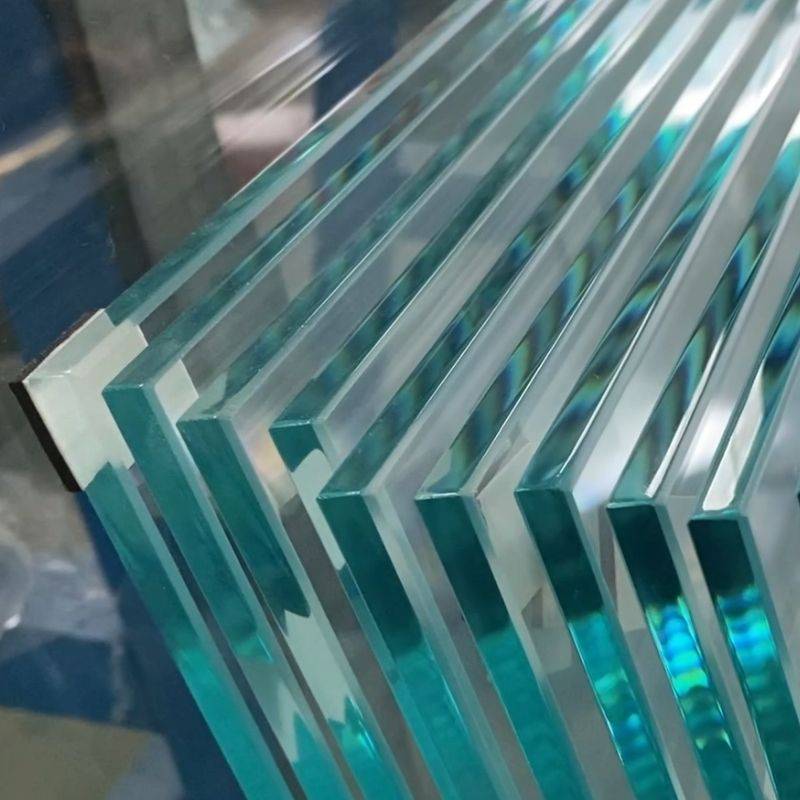

Exploring the Benefits and Applications of Tempered Glass
Tempered glass, also known as toughened glass, has become a staple material in modern architecture and design, boasting a unique combination of strength, safety, and aesthetic appeal. As the demand for durable and stylish resources increases, it is essential to understand what tempered glass is, how it is manufactured, and the wide range of applications that make it a go-to choice in various industries.
What is Tempered Glass?
Tempered glass is a type of safety glass that has been treated through controlled thermal heating and cooling processes. This treatment increases the glass's strength compared to regular glass. When subjected to stress, tempered glass shatters into small, blunt pieces rather than sharp shards, significantly reducing the risk of injury. This characteristic makes it an ideal option for environments where safety is paramount.
The Manufacturing Process
The manufacturing of tempered glass involves several key steps. Initially, high-quality float glass is produced. This glass is then cut to size, polished, and prepared for the tempering process. The glass is heated in a tempering furnace to temperatures around 620 to 700 degrees Celsius, turning it into a pliable state. Following the heating phase, the glass is rapidly cooled using high-velocity air jets. This quenching prevents the formation of internal stresses and reinforces the glass, enhancing its overall strength and durability.
Advantages of Tempered Glass
One of the standout features of tempered glass is its enhanced strength. It is four to five times stronger than standard glass of the same thickness due to the tempering process. This durability not only allows for the use of thinner pieces of glass but also adds to the overall structural integrity of buildings and products.
In terms of thermal stability, tempered glass performs exceptionally well. It can withstand temperature fluctuations ranging from -30 to 250 degrees Celsius without deforming or breaking. This makes it an outstanding choice for applications like shower doors, glass facades, and even in automotive windows.

Additionally, the safety aspect of tempered glass cannot be overstated. As mentioned earlier, when it breaks, it shatters into small pieces, reducing the likelihood of serious injuries. This quality is why it is often used in public spaces and homes, providing peace of mind for both manufacturers and consumers.
Applications of Tempered Glass
The versatility of tempered glass has led to its widespread usage across various sectors. In architecture and construction, it is commonly employed in facades, glass railings, and curtain walls. Its aesthetic appeal, combined with safety and durability, allows it to fulfill both practical and design needs.
In the automotive industry, tempered glass is utilized in side and rear windows due to its strength and safety features. It enhances visibility while ensuring that passengers are protected in the event of an accident.
Moreover, tempered glass plays a significant role in the production of furniture and home accessories. It is commonly found in tabletops, shelves, and cabinetry, providing a modern, sleek look while remaining highly functional.
In the manufacturing and electronics industries, tempered glass is used for screens and panels, protecting delicate components while contributing to an elegant design.
Conclusion
In conclusion, tempered glass is a remarkable material that combines strength, safety, and style. Its unique manufacturing process and advantageous properties make it a preferred choice across many fields, from architecture to automotive and home design. As technology advances and design preferences evolve, tempered glass will undoubtedly continue to be a vital resource, meeting the demands of contemporary lifestyles while enhancing safety and aesthetics. As awareness of its benefits grows, we can expect even broader applications and innovations in the use of tempered glass in the future.